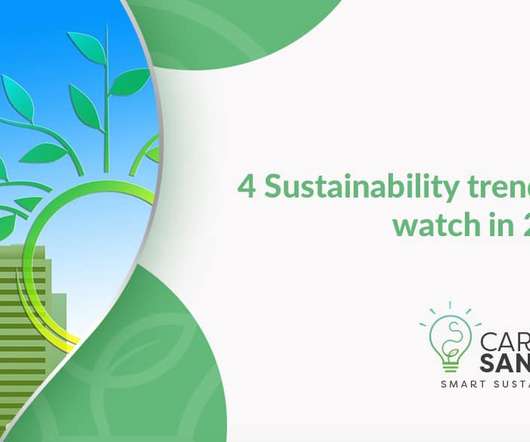SMEs Can Turn Ambition Into Action With SAP Product Footprint Management for Clean Operations
3BL Media
JUNE 27, 2022
What’s more, investors are now going beyond “negative screening” and actively backing businesses that are leaders in sustainability, in pursuit of above-market returns. SMEs Help Decarbonize Global Supply Chains.













Let's personalize your content